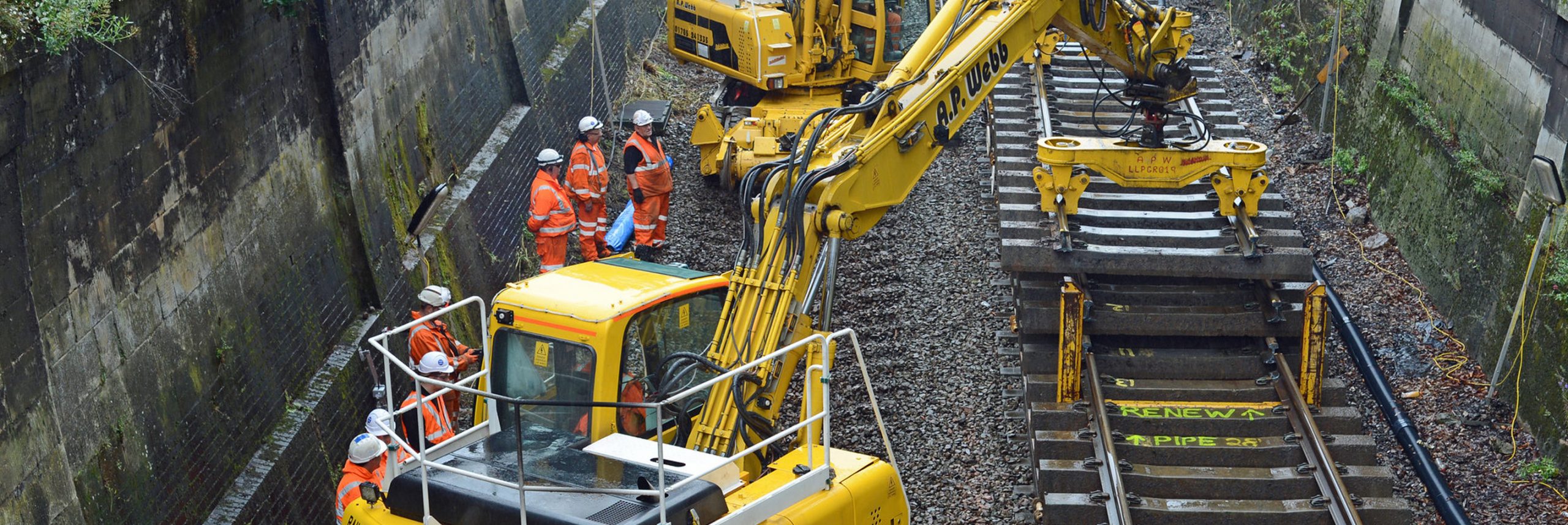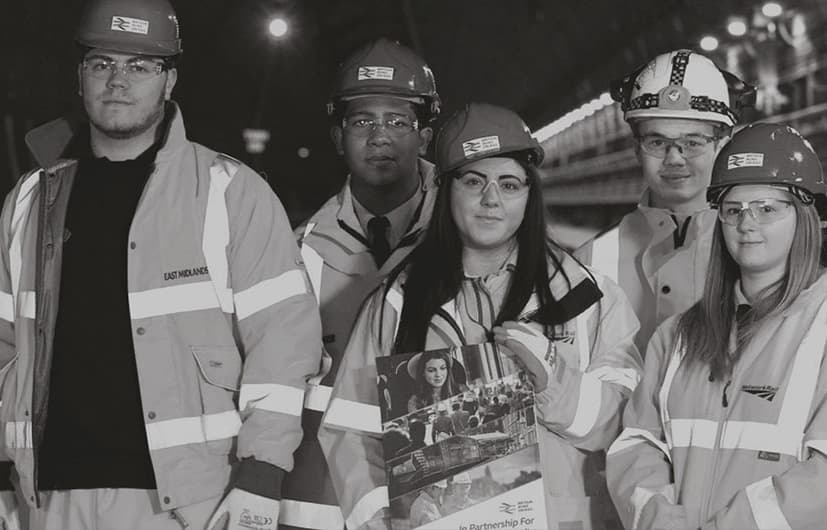Rapid benefit realisation
Streamlined, reliable and timely deployment of novel solutions is driven by proactive and creative route-to-market thinking. This needs to recognise the critical role that people play for fast-paced and successful adoption of new solutions. The effective alignment with insertion points and the opportunity of working backwards from key insertion points have a key role to play in ensuring the benefits are maximised.

What is in place now
- Key Train Requirements encouraging and supporting the adoption of best practice and recently acquired knowledge on rolling stock.
- Research planning incorporates the development of possible options and routes for deployment, recognising the potential owners and the necessary actions.
- Closer relationships between supply chain, academia and industry established, overcoming barriers to progression of research into development and innovation.
- A framework for establishing product, system or service readiness - Rail Industry Readiness Levels (RIRLs).
- Process and commitment to challenge standards.

What we are working on
- Ensuring that sound safety-thinking and effective standards enable innovative solutions and their deployment.
- Identifying insertion points for the introduction of new technology at an early stage in its development and taking proactive action to deliver in time to meet them.
- Connecting the RTS with wider transport and government initiatives to draw support from, and share success with other sectors.
- Scanning across sectors for fast moving and high-potential technologies and disruptors that could significantly impact railway operation and user experience.

Where we need to get to
- Key requirements (similar to the Key Train Requirements) developed for other railway systems, underpinned by dynamic, technology agnostic standards, to inform compatibility and facilitate innovation.
- Industry investment plans routinely draw on R&D outputs and the risks associated with their initial deployment are recognised, accepted and appropriately managed.
- Clear routes to develop solutions, and the associated business cases, through the RIRLs toward full market readiness are well understood and used.
- New commercial models to support deployment of new technologies and wider innovation makes innovation in rail more attractive for both public and private funders.
Explore the other
Critical ENABLERS

Business driven innovation




